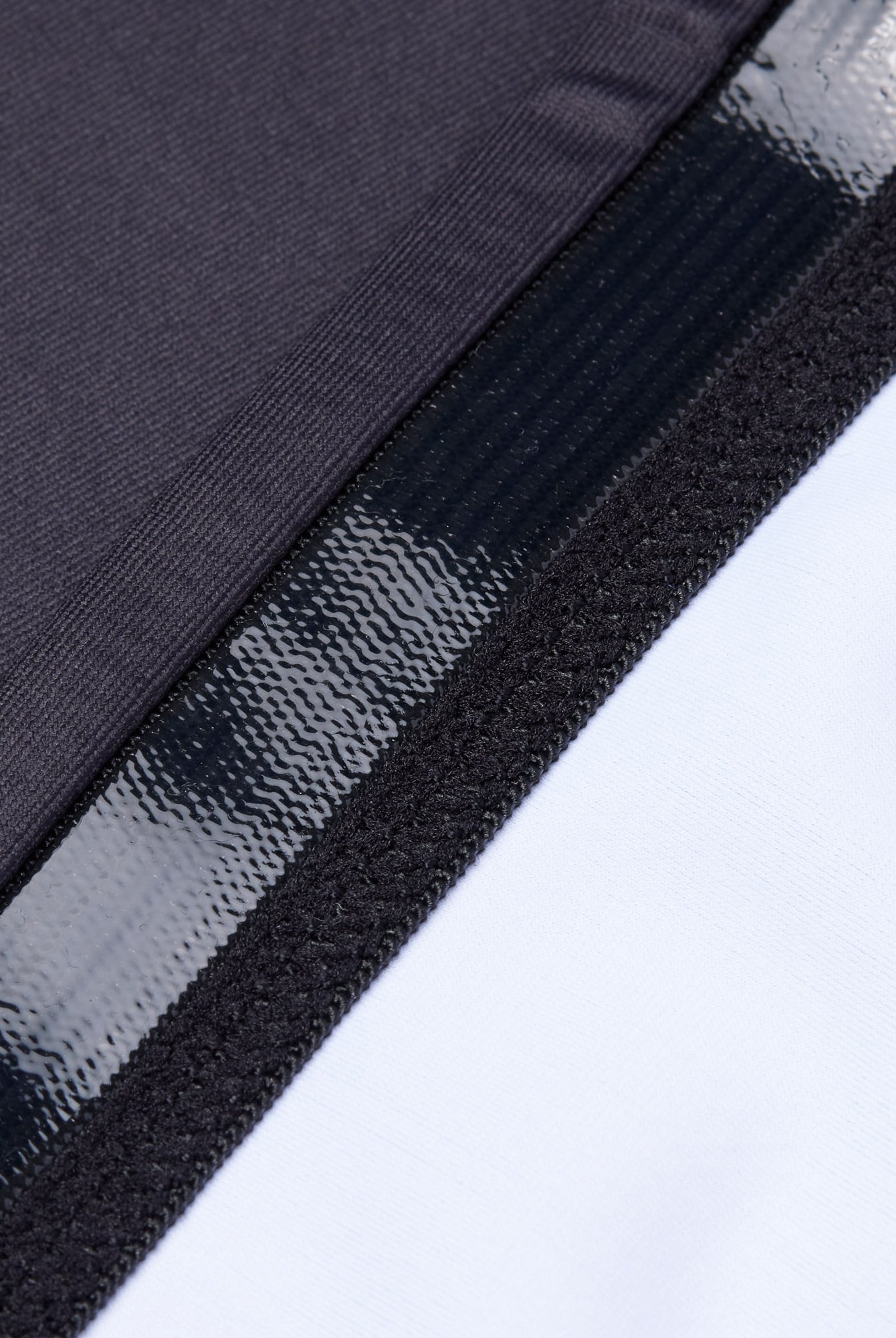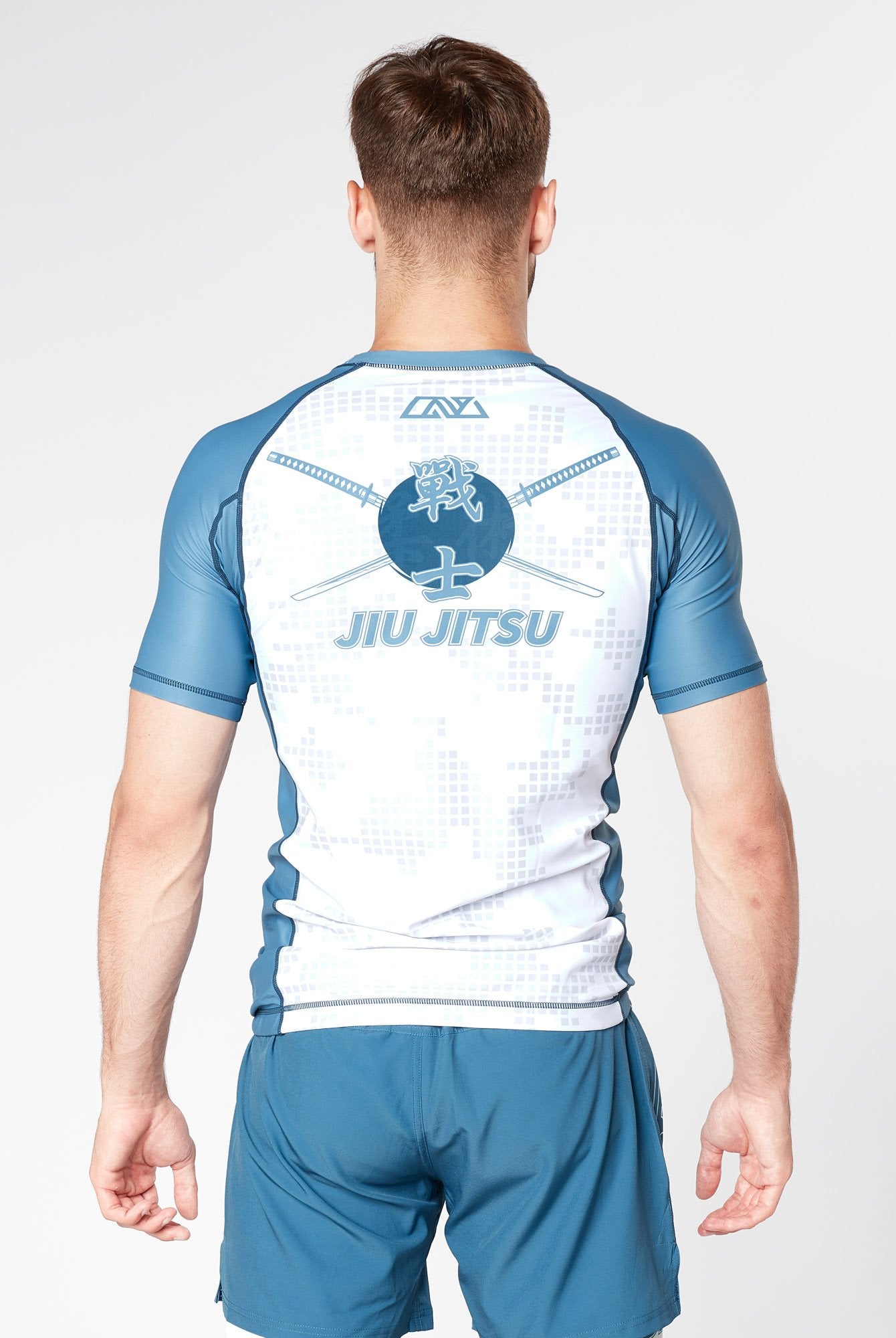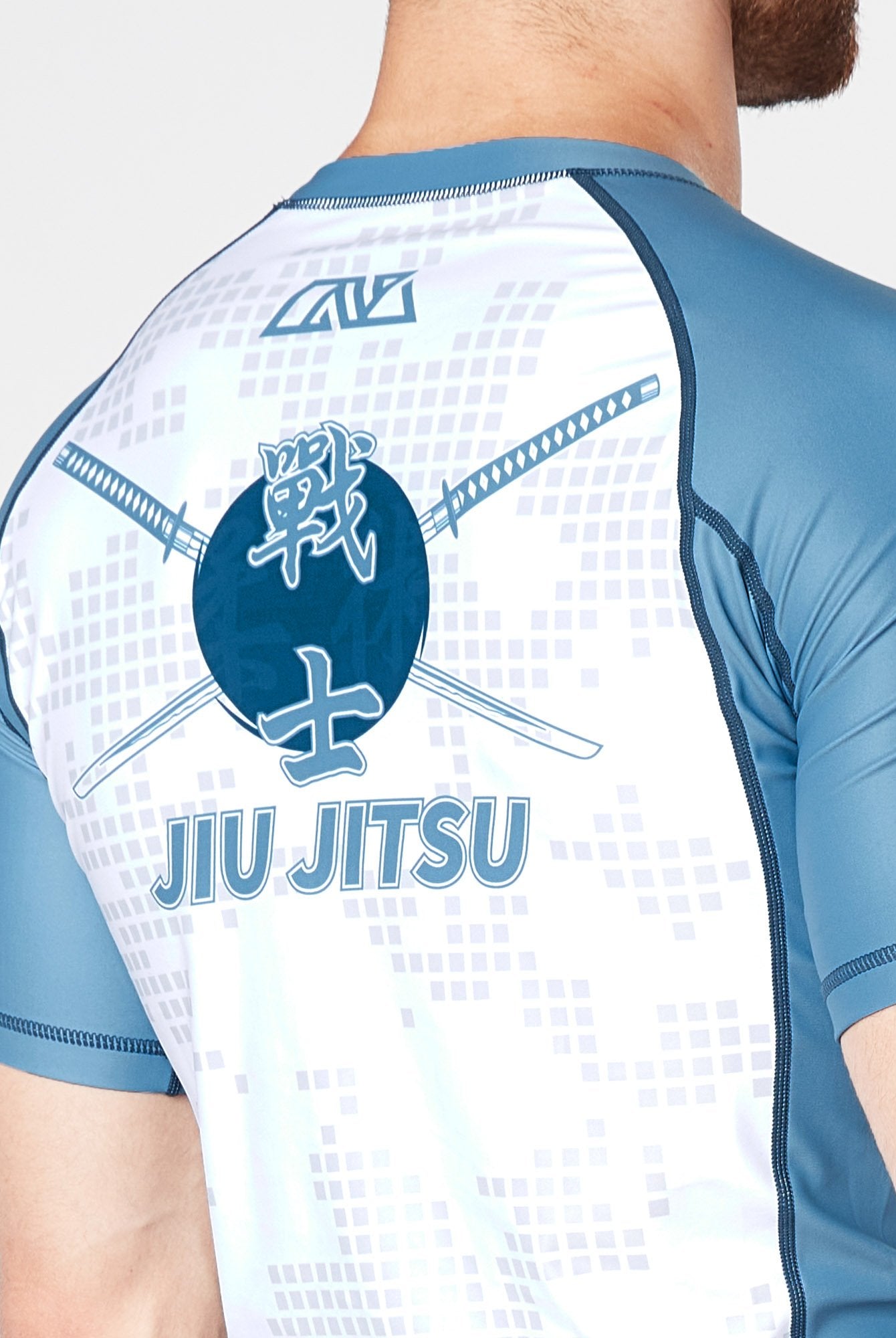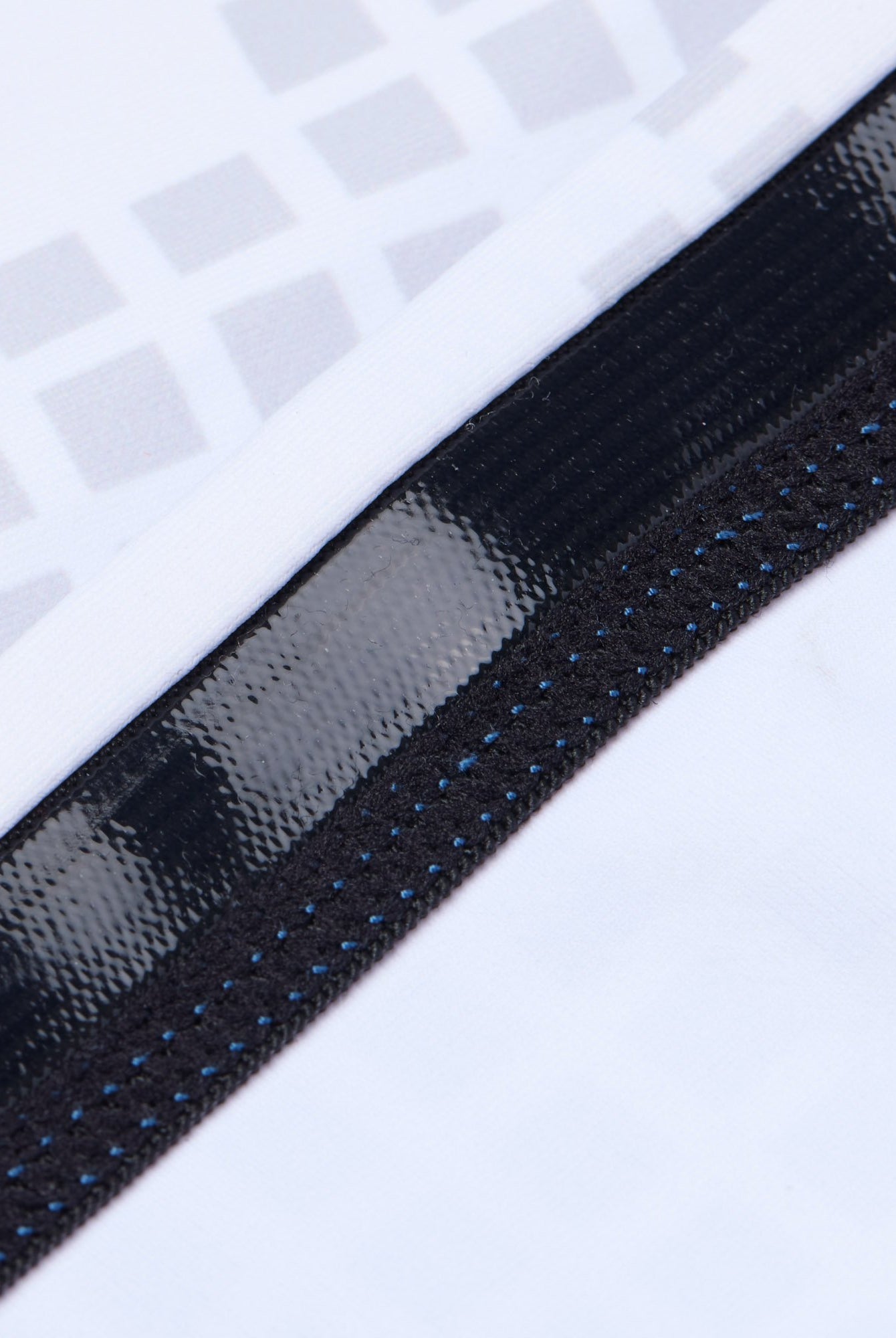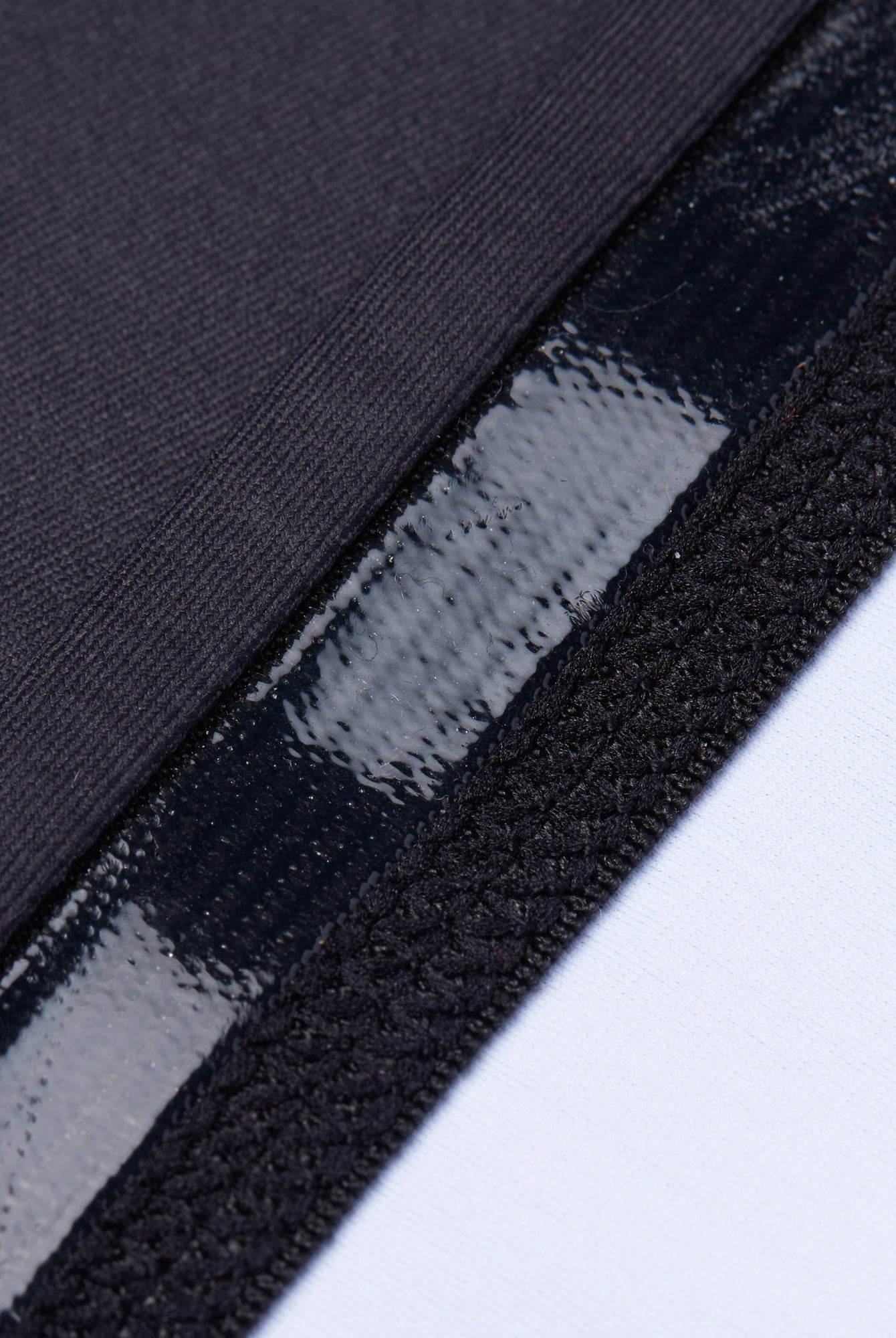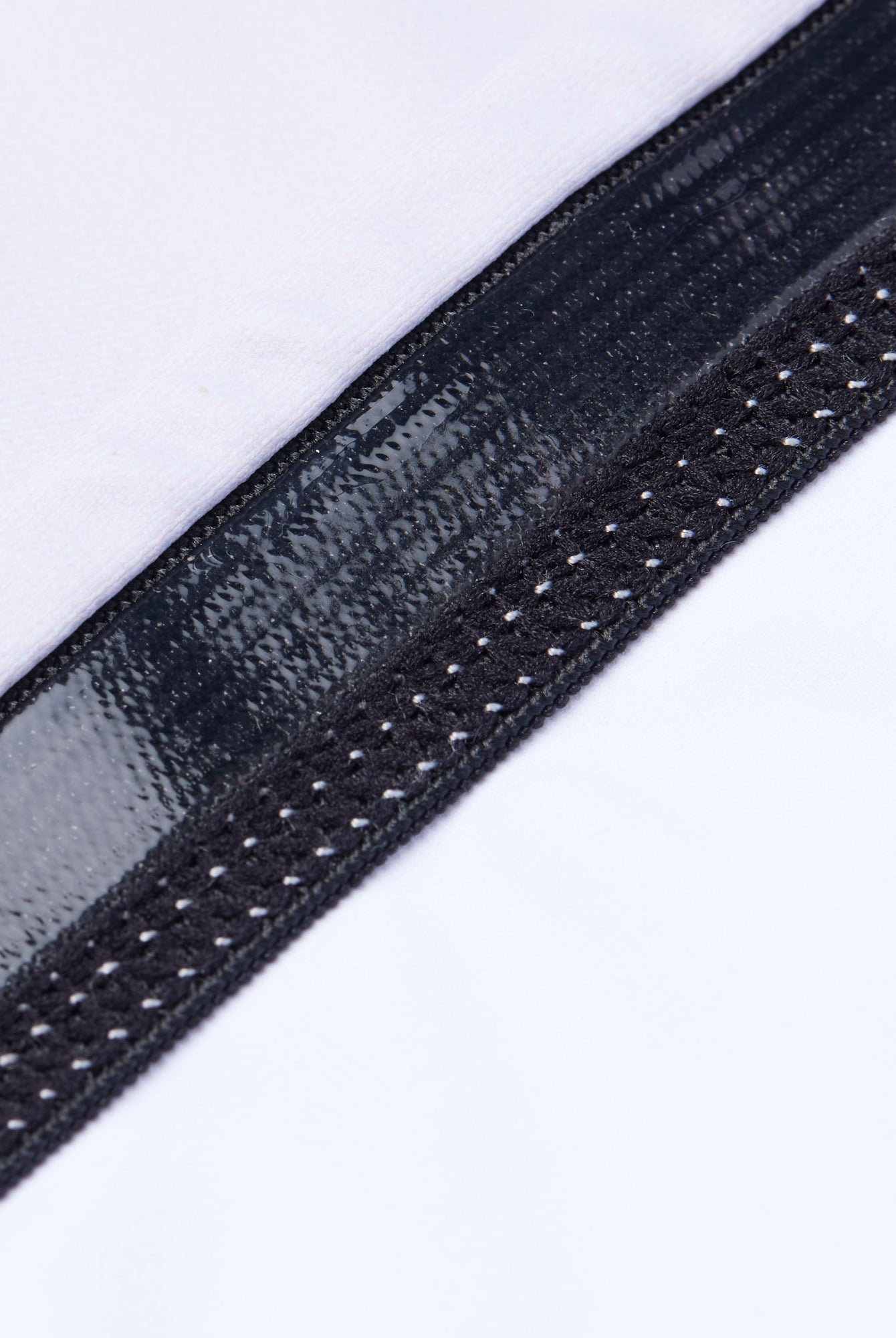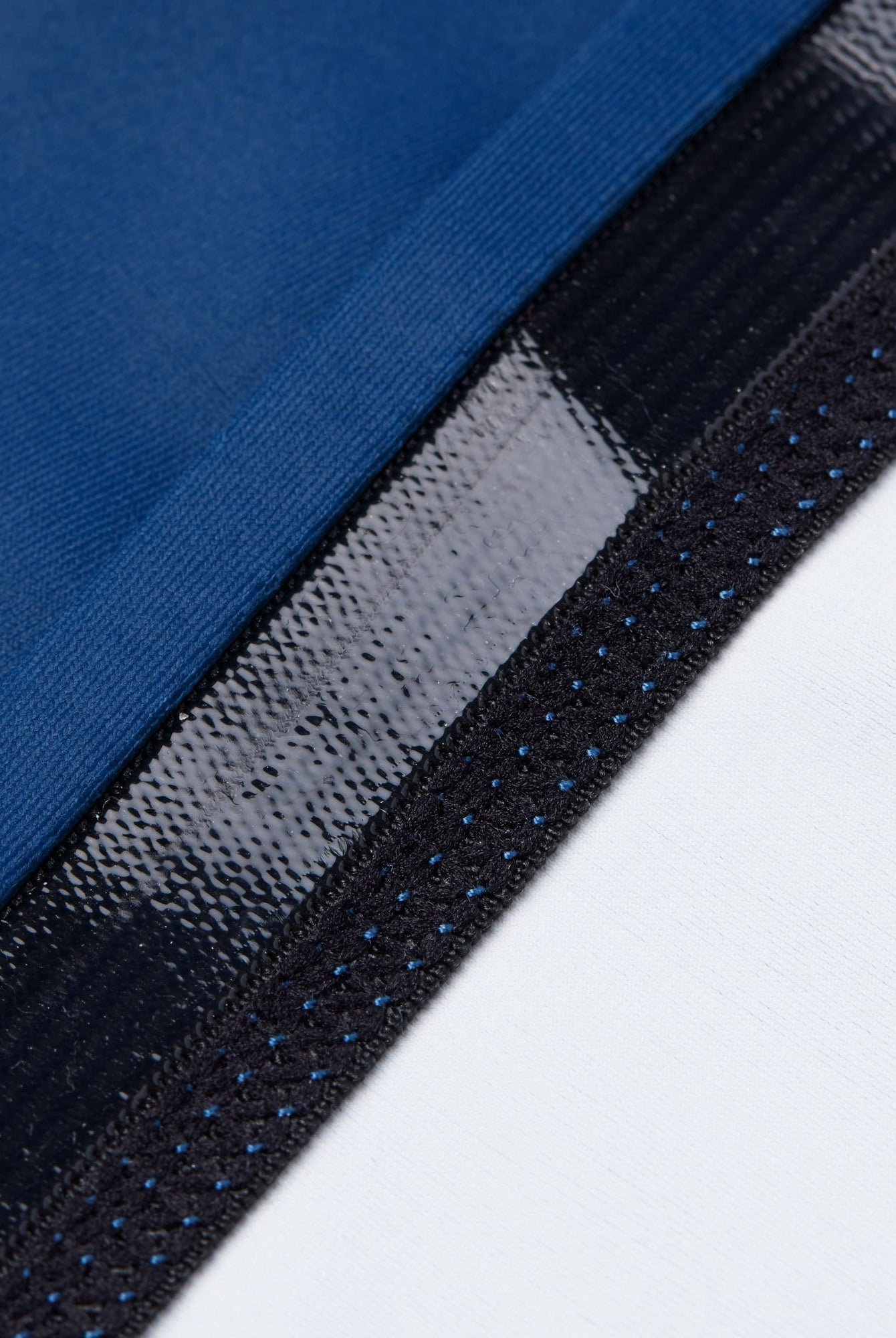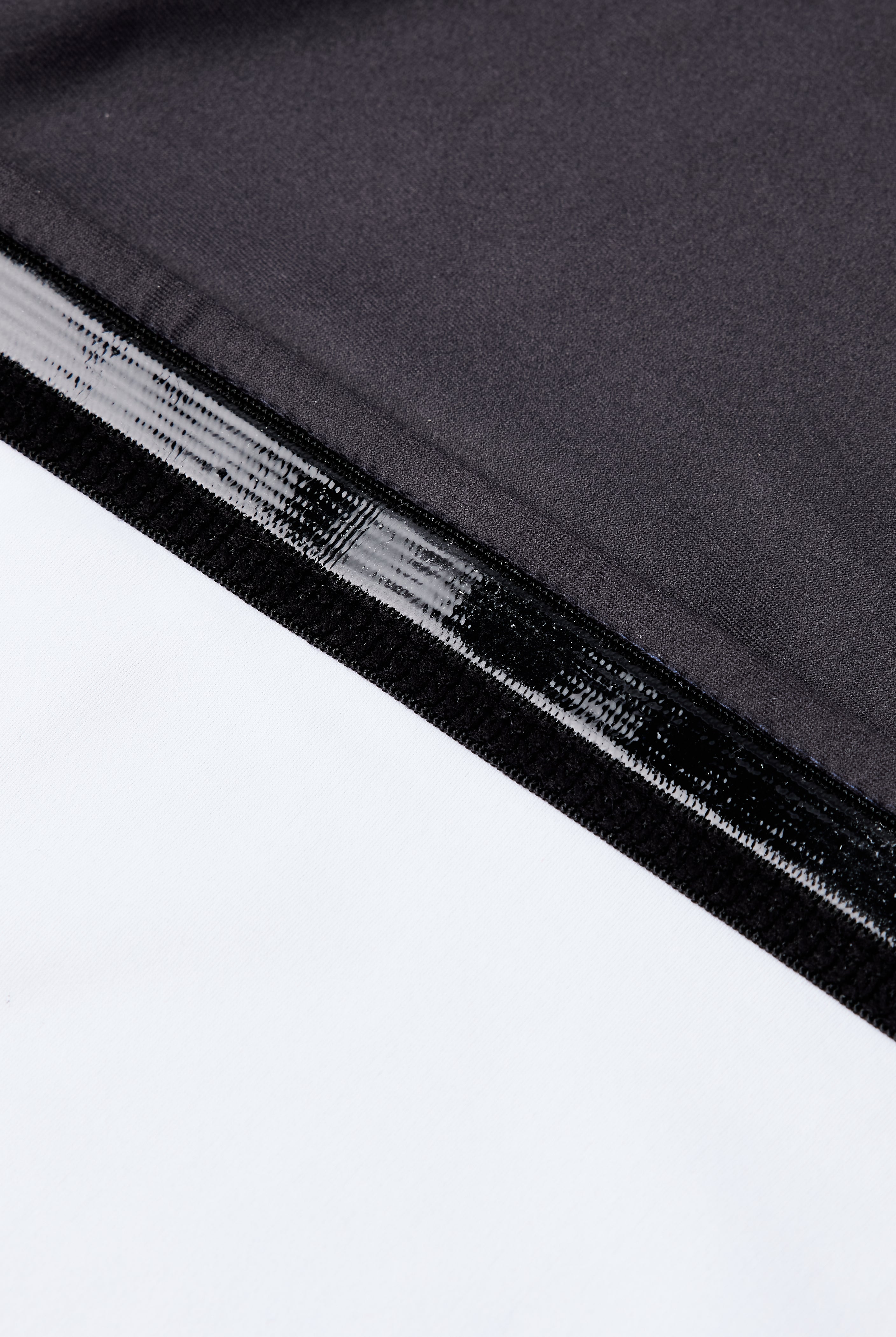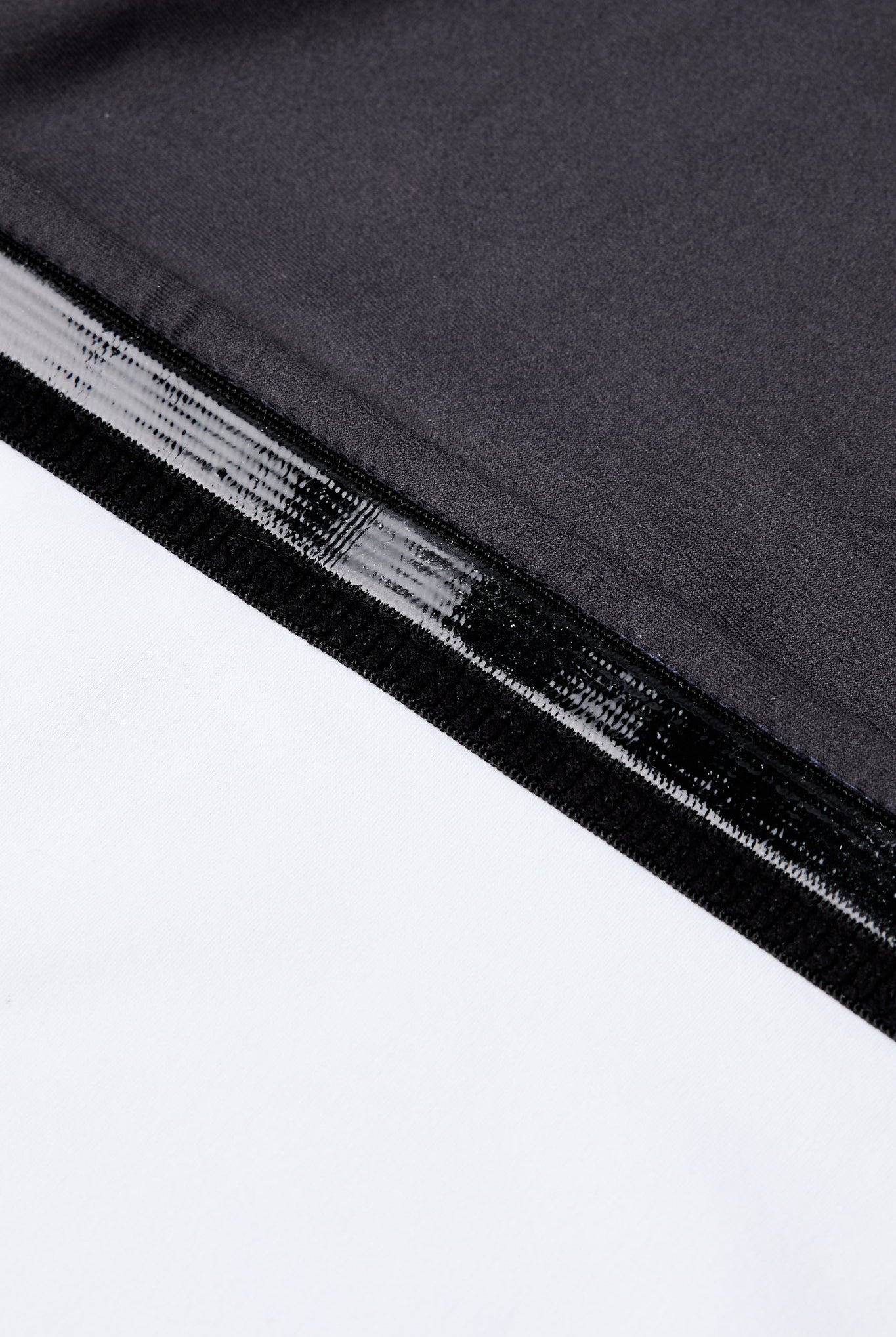Understanding the Striking Elements in BJJ
Brazilian Jiu-Jitsu (BJJ) is a martial art focused on grappling and ground fighting, emphasizing technique over brute strength. Strikes are not permitted in traditional BJJ competitions, which differentiates it from other martial arts like Muay Thai or boxing. This no-strike rule is central to BJJ’s philosophy of using leverage and skill to control opponents.
The absence of strikes allows practitioners to train and spar with less risk of injury, fostering a safe environment for learning. Many BJJ academies teach self-defense techniques that may include striking, but in the context of sport BJJ, they focus on submissions, positional control, and transitions instead.
Understanding the striking rules and their implications can enhance one's appreciation of the art and its strategies. BJJ provides a unique approach to self-defense and combat sports that attracts practitioners seeking both physical and mental challenges.
Essentials of Brazilian Jiu Jitsu
Brazilian Jiu Jitsu (BJJ) encompasses a rich history and a unique set of principles that prioritize technique over strength. The focus is on leverage and movement, making it accessible to practitioners of all sizes.
History and Philosophy
Brazilian Jiu Jitsu has roots in traditional Japanese jiu-jitsu, which was adapted by the Gracie family in Brazil during the early 20th century. The martial art emphasizes ground fighting and submission grappling, enabling a smaller person to defend against a larger opponent through skill and technique.
The philosophy behind BJJ revolves around the idea that a fight can be controlled through positioning and submissions. Practitioners often emphasize respect, discipline, and continuous learning. These values contribute to the development of techniques that promote self-defense and personal growth.
Key Principles and Techniques
The core principles of BJJ include leverage, timing, and technique. Practitioners learn to use their body weight and angles to their advantage, allowing them to execute complex maneuvers efficiently.
Key techniques in BJJ involve guard positions, passes, sweeps, and submissions. The guard is a defensive position that allows a practitioner to control an opponent while on their back. Sweeps facilitate movement into a more dominant position, while submissions focus on joint locks and strangles to end the confrontation. Regular sparring or "rolling" is essential for improving these skills and understanding their applications in live scenarios.
The Role of Strikes in Brazilian Jiu Jitsu
Strikes play a limited yet significant role in Brazilian Jiu Jitsu (BJJ). While the primary focus of BJJ is on grappling techniques, understanding strikes can enhance overall effectiveness in self-defense situations and competitions that incorporate mixed martial arts (MMA).
Comparison With Other Martial Arts
Brazilian Jiu Jitsu differs from striking-based martial arts such as Muay Thai and boxing. In those disciplines, striking techniques are paramount, whereas BJJ emphasizes ground fighting and submission tactics.
BJJ practitioners often train in striking for self-defense scenarios or MMA competitions. This training includes basic punches, kicks, knees, and elbows. Incorporating striking into BJJ allows practitioners to develop a more comprehensive skill set.
The integration of striking helps in situations where a fighter needs to create distance or set up takedowns. Understanding when to strike can lead to advantageous positions on the ground, demonstrating the multifaceted nature of combat sports.
Training and Safety Considerations
Incorporating strikes into BJJ training requires specific safety measures. Practitioners typically use protective gear such as:
- Headgear
- Mouthguards
- Gloves
A controlled environment is crucial during practice to minimize injuries. Drilling techniques with partners allows for skill acquisition without full force.
Coaches emphasize proper technique and awareness, ensuring that students understand how to apply strikes effectively without compromising their grappling skills. This blend of striking and grappling aids in developing a well-rounded fighter capable of adapting to various combat scenarios.
Strategies for Integrating Strikes
Integrating strikes into Brazilian Jiu-Jitsu (BJJ) requires a focused approach. Practitioners can adopt various strategies to enhance their training.
1. Start with Drilling
Begin by incorporating basic striking techniques into movement drills. This approach allows for familiarity without compromising core BJJ skills.
2. Use a Controlled Sparring Environment
Integrate strikes in a controlled sparring setting. Practitioners can alternate between grappling and striking to emphasize timing and distance management.
3. Focus on Defensive Techniques
Defense is crucial when integrating strikes. Incorporate drills that highlight blocking and evasion to ensure that practitioners can effectively defend themselves.
4. Mix Combinations
Encourage the practice of striking combinations followed by grappling transitions. This method helps practitioners fluidly switch between striking and BJJ techniques.
5. Emphasize Situational Awareness
Train to develop situational awareness in various scenarios. Practitioners should recognize when to engage with strikes and when to rely on grappling techniques.
6. Incorporate Striking into Warm-ups
Utilize strikes in warm-up routines to reinforce their importance. This technique enhances conditioning while maintaining focus on BJJ fundamentals.
These strategies support practitioners in seamlessly integrating strikes into their BJJ practice, creating a more versatile skill set.

























